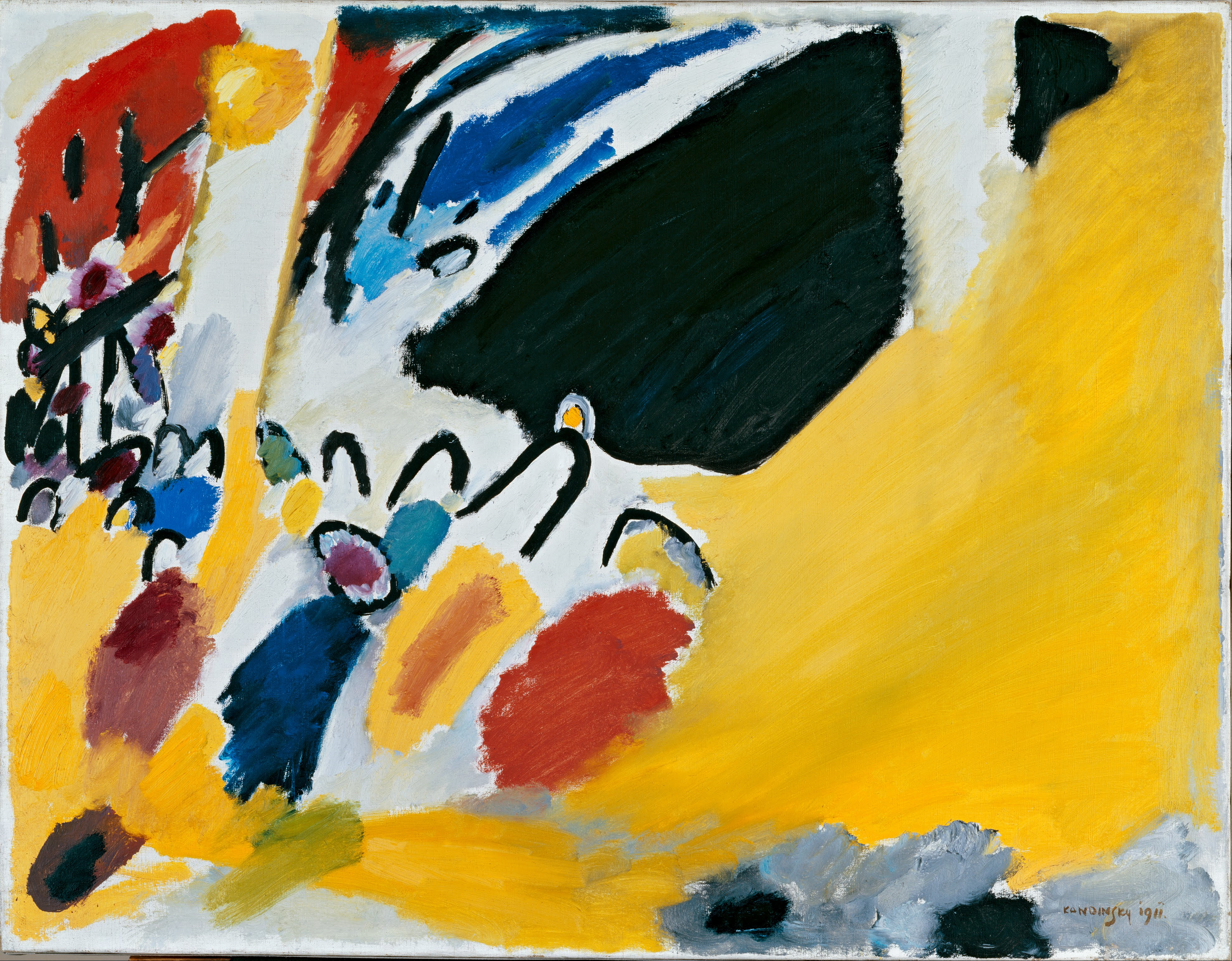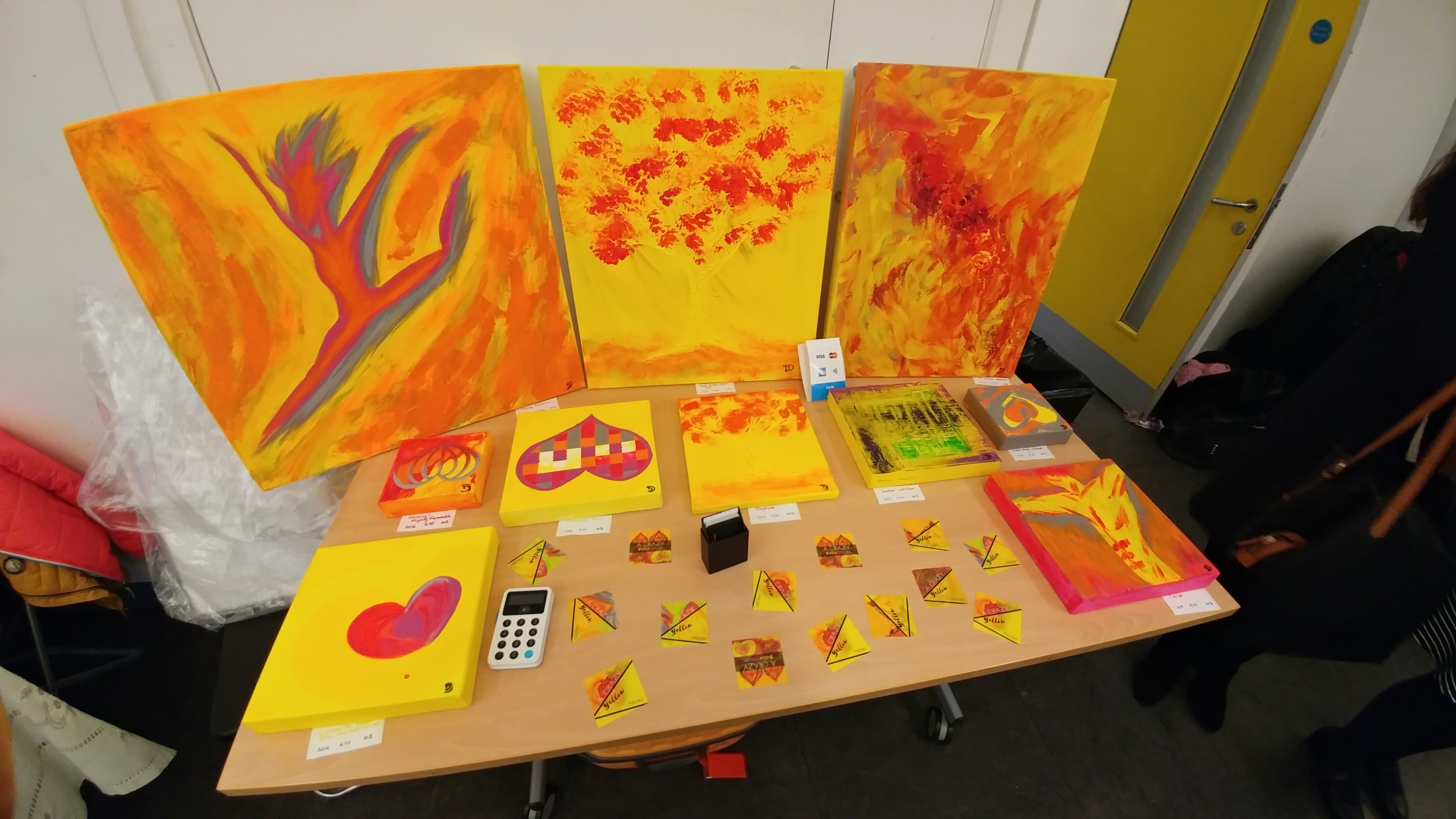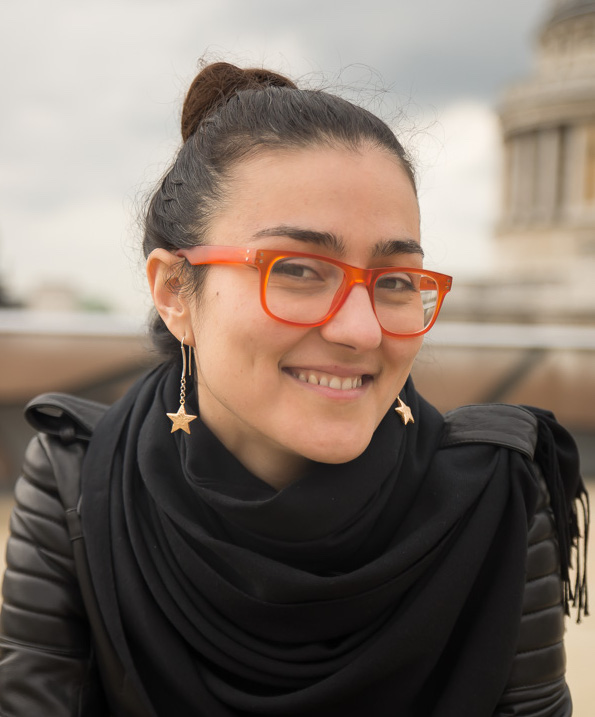Fifty shades of yellow
…and the artists that changed our world
Who would have thought that a color so narrow on the visible spectrum could have more than 50 different shades and such a rich meaning. In psychology, for example, it usually represents energy and positivism; in medicine, a yellow flag means quarantine, and the yellow eye sclera indicates liver failure; in Christianity, yellow represents greed; in politics — liberalism; in literature, yellow-bound novels are the naughty ones; in journalism, it is the sensational stories; in football, as with the road signs, yellow is a warning card; and in ancient China it used to be the exclusive color of emperors.
The most beautiful thing, however, is that in art, yellow can be anything, but used to be toxic in origin. From the golden leaves adorning medieval icons, and the earthy yellows of Greek and Egyptian art, to the synthetic lead and cadmium yellow pigments of the impressionists, this color has evolved and was rediscovered again and again over the years. Yellow ochre
Around 300 BC, Apelles, the greatest painter of antiquity, is said to have used yellow ochre along with white for the skin of Campaspe, the mistress of Alexander the Great. Ochre in Greek means ‘pale yellow’, but this was the same yellow used in Egyptian art, and still the same one that might have started the debate on primary colors (see page 34 in Color and Culture: Practice and Meaning from Antiquity to Abstraction, By John Gage). Gold
Yellow came centre stage as ‘gold’ in the middle ages. Many art historians would say that gold was the greatest color of that time. It could not be ground into powder like other pigments, so artists or suppliers of pigments had to smash the gold plate until it became a very thin leaf. The artist would then use this leaf to decorate the painting. They would sometimes paint over it and then scratch the surface of the paint to let the glow come through. Since icons were designed to be seen by candlelight in very dark places, the gold would simply mesmerise with its subtle shining and reflective surface.
Naples yellow
The old masters didn’t pass by this beautiful color. Think about Boticelli’s Primavera. Whilst much of the green background that would have provided amplitude and volume to the Naples yellow skin and blonde hair has darkened, the yellow shades and combinations are protruding with joy and purity. The original Naples yellow came from the minerals found in the Vesuvius volcano near Naples, it was rich in lead, hence very toxic. Colorists and chemists were faced with the challenge of synthesising this pigment from less toxic elements; and they managed in or around 1600s.
Indian yellow

Of all yellows, the Indian yellow of the 18th century has the most curious story. It has beauty and pain hidden in plain sight. Indian yellow of course came from India, but you won’t find it today in its original form, though synthetic versions are available. The pigment used to be extracted from the urine of cows that were forced to eat only mango leaves. This process was stopped around 1910, but not before one of the greatest British artists of all time employed it for the lights and tumults of his seascapes. It was J.M.W. Turner.
Chromium yellow

In 1762, a french chemist was probably wondering in Siberia when he discovered a beautifully colored mineral that contained a new element: chromium. He called it chromium, from the Greek meaning of color. This element was particularly fascinating, and very quickly picked up by artists, because in an acid medium, it would turn yellow, whilst in an alkali environment it would become bright orange. Interestingly, it is this shade of yellow that is used on road and traffic signs since early 20th century.
The chrome yellow became more popular almost 100 years later, when Vincent van Gogh, one of my favorite artists of all time, used it in many of his paintings. In fact, there are studies now showing how his sunflowers and his room have lost a lot of the yellow brightness he originally intended for them. When referring to his irises in a letter to his brother Theo, van Gogh said ‘There is no blue without yellow and without orange.’ Tragically, he also tried to use chrome yellow paint as a means of ending his life.
Cadmium yellow

Around the time that chromium yellow was being profusely incorporated in painting, cadmium yellow, a colorant that was employed industrially in batteries was also trying to get some spotlight. It was finally synthesised as a pigment in 1840s. And the most unexpected use of cadmium yellow was in music. Wait, what? Yes, imagine about 110 years ago, late impressionism. A lawyer, having just attended an unitelligible Schoenberg concert, actually loves it and has an epiphany. Over the next 20 odd years, he creates a series of paintings where the piano is still black, but the music is all shades of yellow. That was Wassily Kandinsky.

Over the years, painters reinvented, rediscovered and popularised these different shades and tints of yellow. Klimpt was inspired by the icons when he painted ‘The Kiss’. The reimagined Boticelli was all about the neon and iridescent yellows. The nuances of pigments are no longer scarce. Paints are no longer as toxic. Art — no longer praised for its use of pigments that are hard to obtain. And yet, how much more interesting is a painting that plays on both the meaning and history of a small but beautiful color like yellow.
If you love yellow, and long for a beautiful yellow painting for your home, check my paintings, and if you like any, get in touch.




